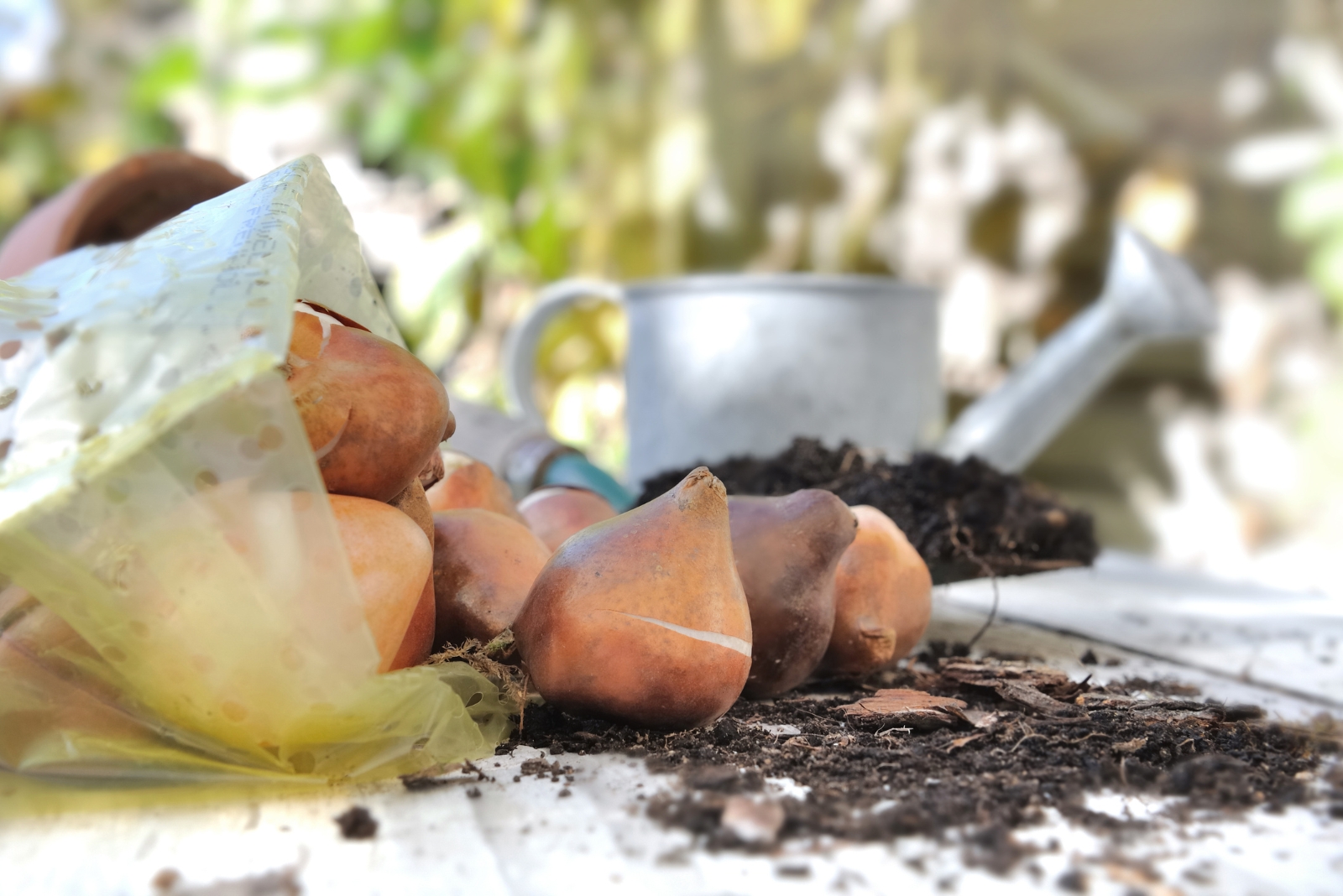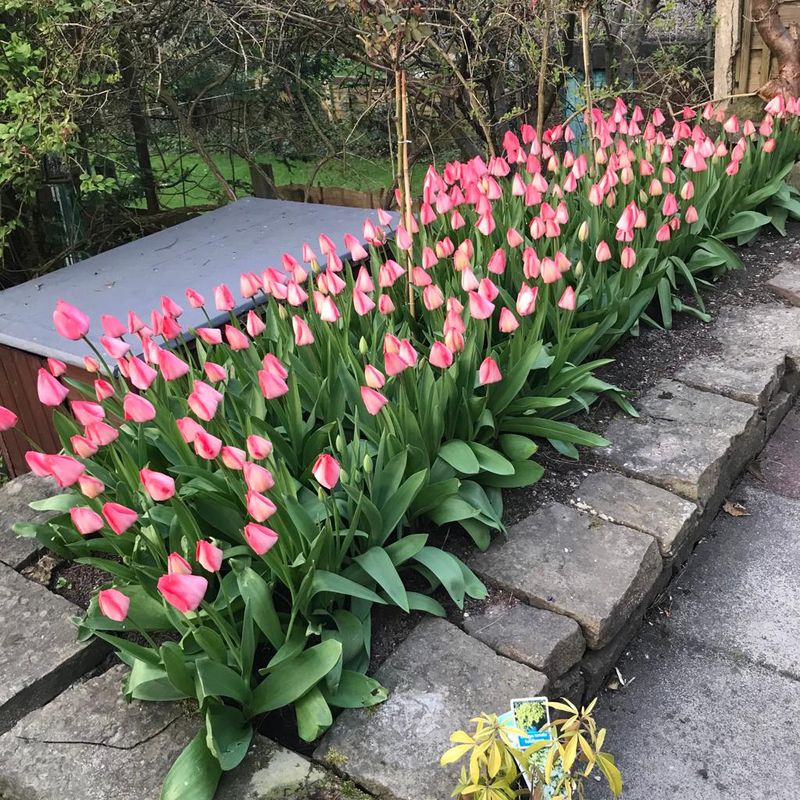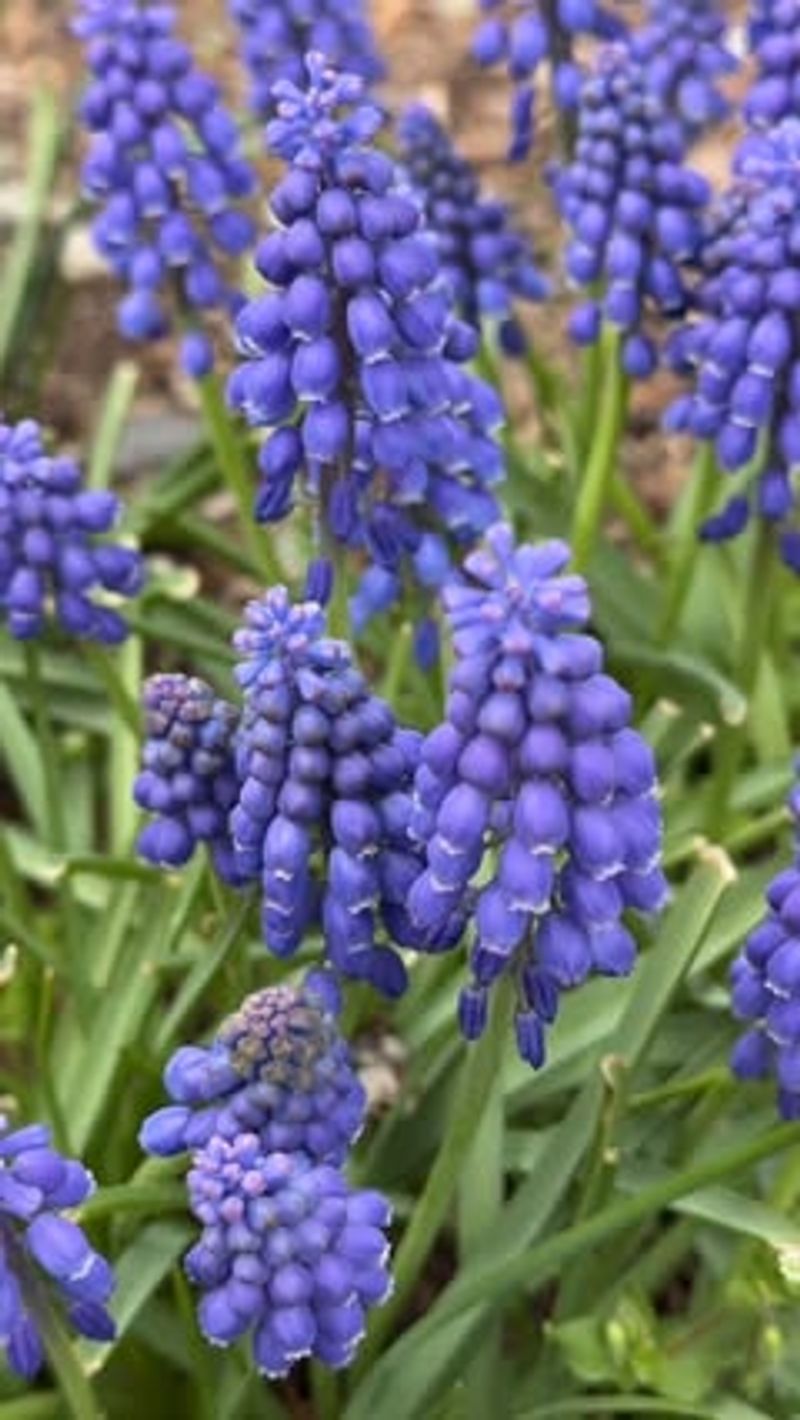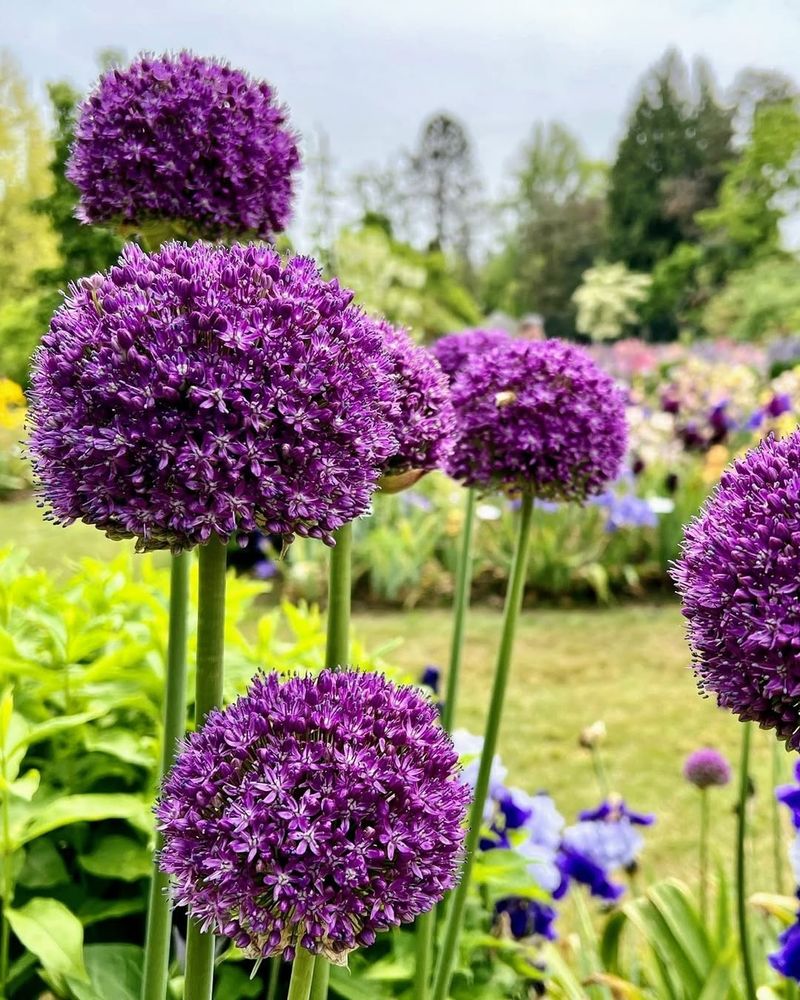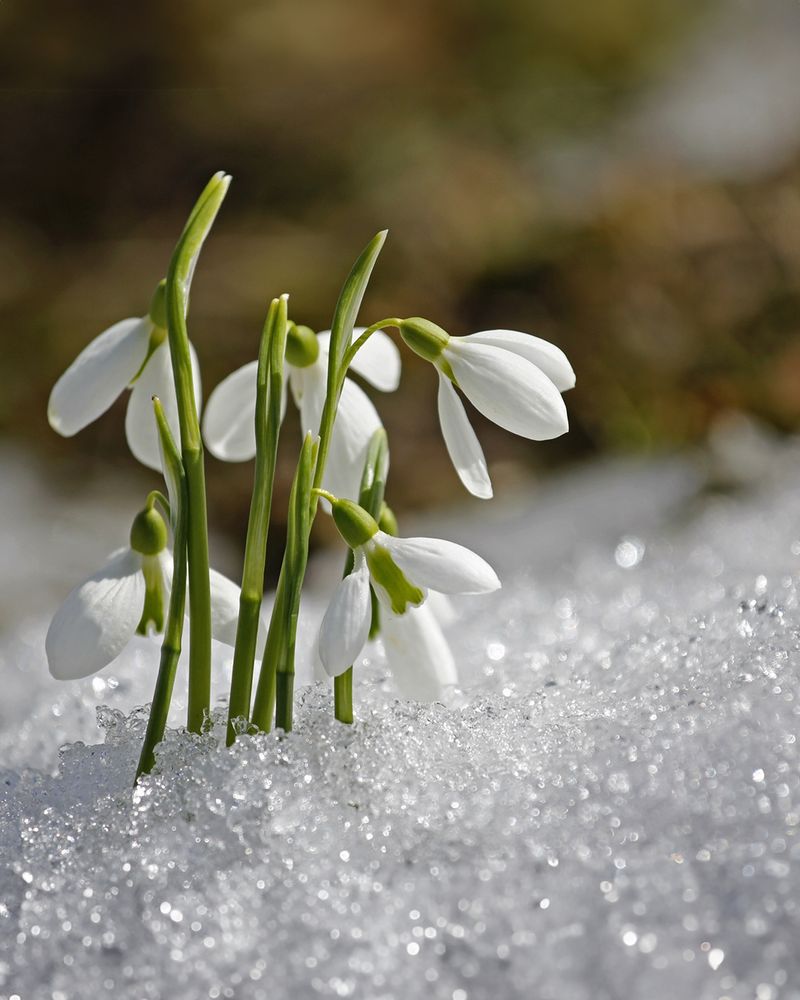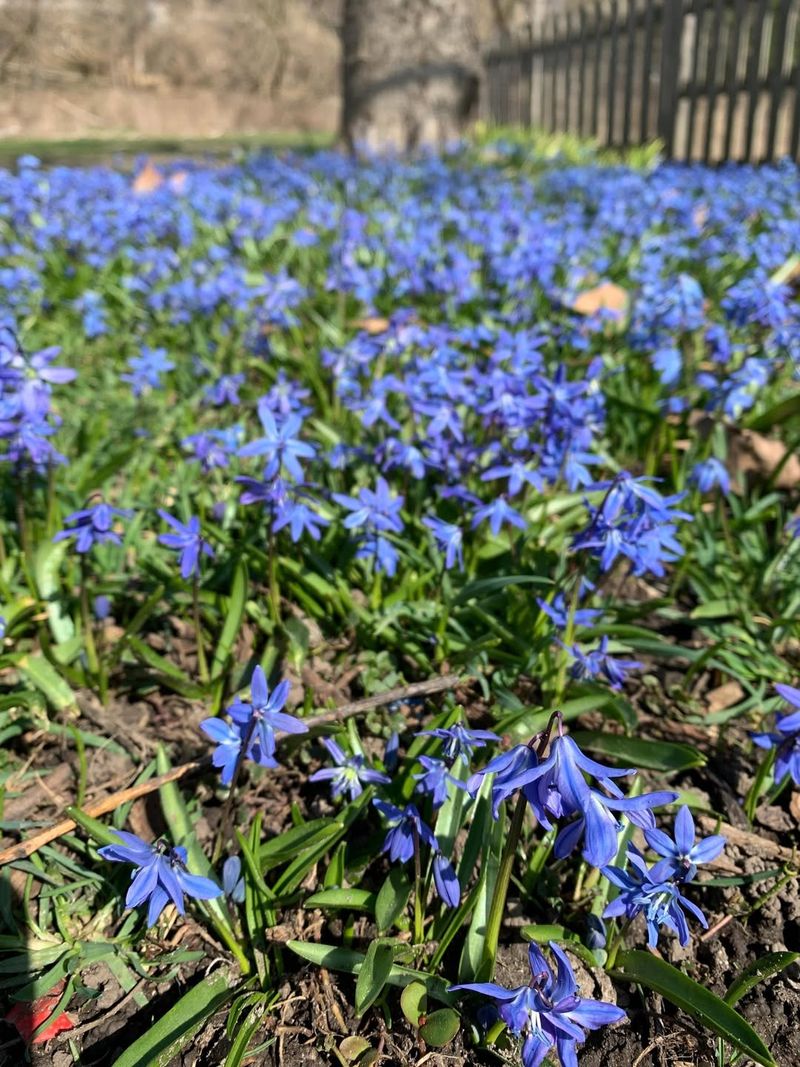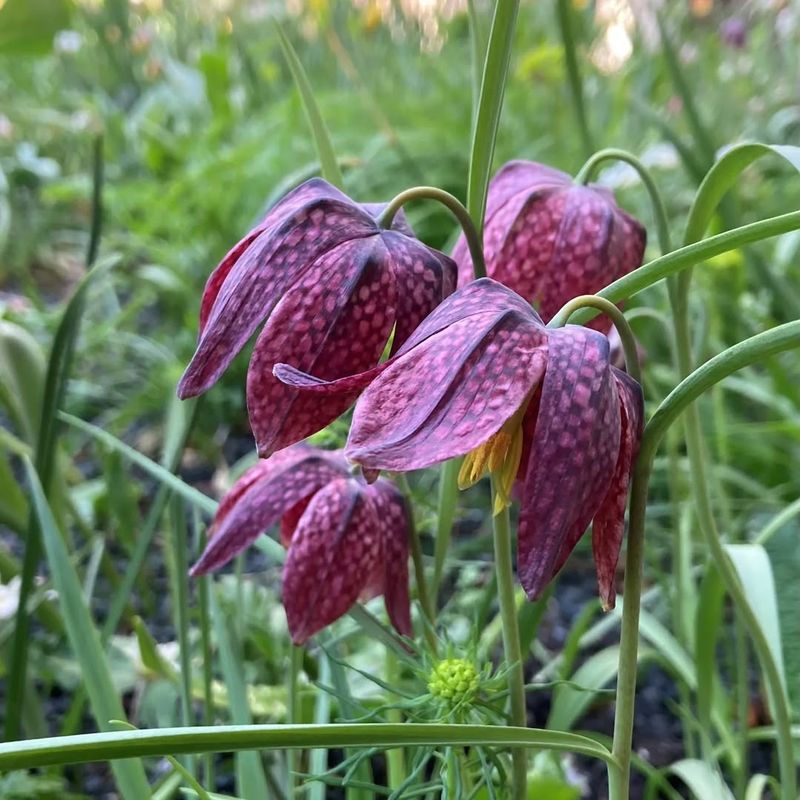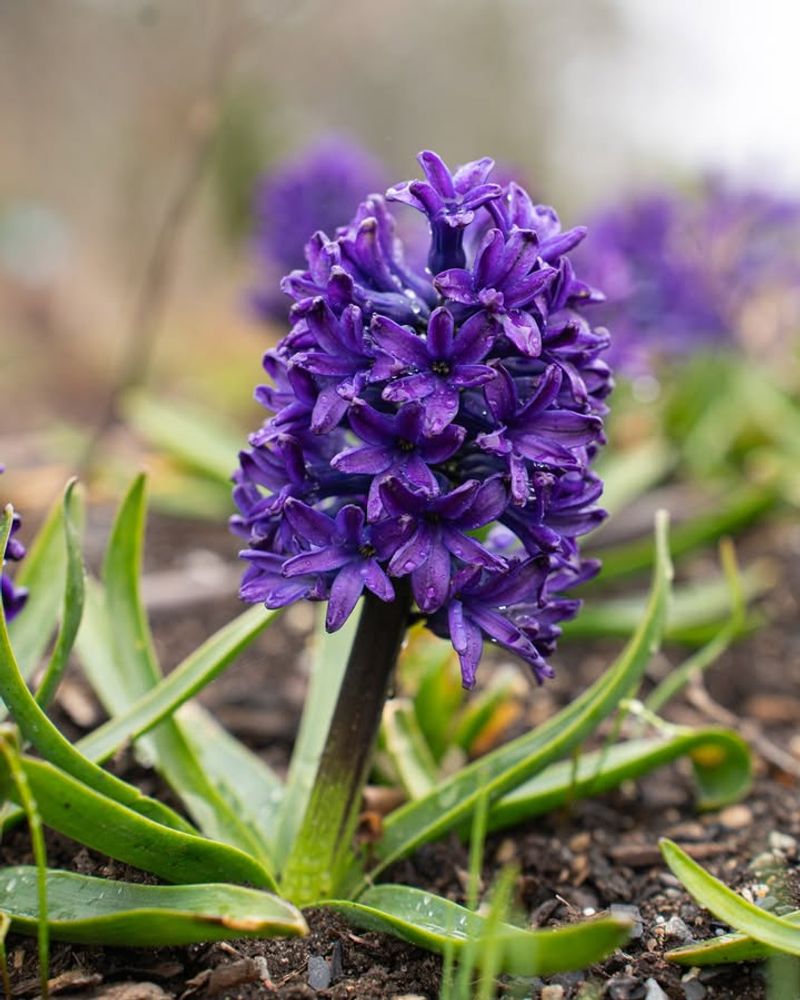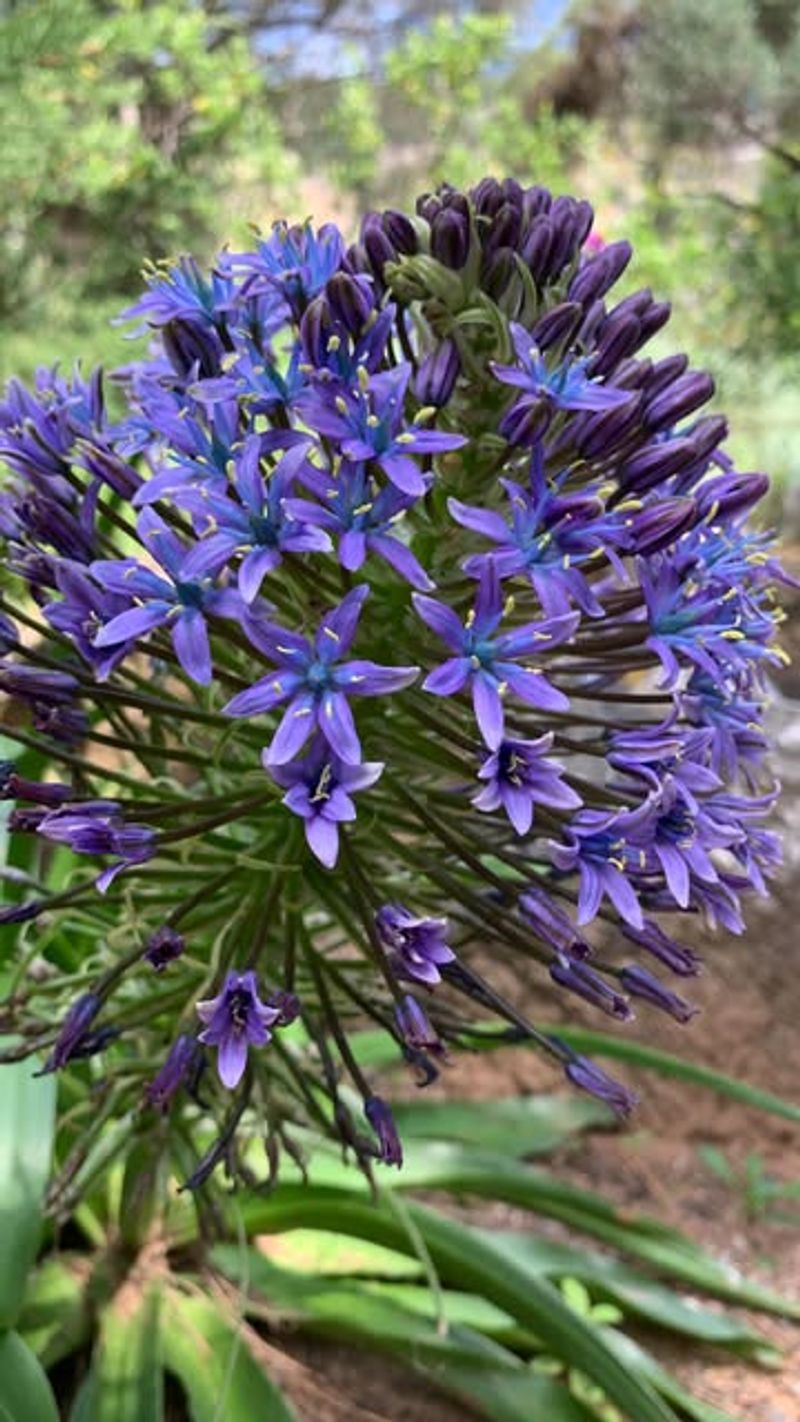Massachusetts gardeners know November feels late, but trust me, there are bulbs that still love going into the ground right now.
I’ve planted them this time of year and still watched them pop up beautifully in spring. It’s all about choosing the right ones. Here are the bulbs that won’t complain about the chill.
1. Tulips
Tulips remain one of the most beloved spring flowers, and November planting works wonderfully in Massachusetts. The cold period actually helps these bulbs develop strong roots before winter sets in.
Plant them about six inches deep in well-draining soil, and they’ll reward you with vibrant colors come April. Choose from hundreds of varieties, from classic reds to striped parrot tulips.
Massachusetts gardeners love how reliable tulips are, even when planted late in the season.
2. Daffodils
Daffodils are incredibly tough and can handle late planting better than most bulbs. Their cheerful yellow blooms signal spring’s arrival, and deer won’t bother them either.
Massachusetts winters don’t scare these hardy bulbs one bit. Plant them in clusters for maximum impact, spacing them about four to six inches apart.
Fun fact: daffodils multiply over the years, giving you more flowers without extra work. They’re truly a gift that keeps on giving.
3. Crocuses
Crocuses are among the earliest bloomers, often pushing through snow to announce spring. These tiny bulbs are perfect for Massachusetts gardens because they’re incredibly cold-tolerant.
Plant them just three inches deep, and they’ll naturalize beautifully over time. Their purple, white, and yellow flowers create stunning carpets of color.
Massachusetts lawns look magical when dotted with these little gems. November planting gives them exactly what they need to thrive.
4. Grape Hyacinths
Grape hyacinths, or muscari, look like tiny clusters of grapes and smell absolutely delightful. Their deep blue color adds richness to spring gardens that few other bulbs can match.
Plant them about three inches deep and watch them spread naturally year after year. Massachusetts gardeners appreciate how low-maintenance these beauties are.
They pair wonderfully with tulips and daffodils, creating layered displays. November is still a great time to get them established.
5. Alliums
Alliums produce dramatic spherical blooms that tower above other spring flowers on sturdy stems. Related to onions and garlic, these architectural plants add unique structure to Massachusetts gardens.
Plant the larger varieties about eight inches deep to protect them from frost heaving. Their purple globes attract pollinators and look stunning in both gardens and bouquets.
November planting works well since they need cold stratification. Deer and rabbits leave them alone, which is a huge bonus.
6. Snowdrops
Snowdrops truly live up to their name by blooming while snow still covers the ground. These delicate white flowers are surprisingly tough and perfect for Massachusetts winters.
Plant them about three inches deep in areas where they can naturalize undisturbed. They’ll multiply steadily, creating enchanting drifts of white.
Massachusetts gardeners treasure these early bloomers that bring hope during the coldest months. November planting gives them time to settle in before the deep freeze arrives.
7. Siberian Squill
Siberian squill produces brilliant blue flowers that naturalize beautifully under trees and in lawns. The name hints at their incredible cold hardiness, making them ideal for Massachusetts conditions.
Plant these small bulbs about three inches deep and let them do their thing. They’ll spread gradually, creating stunning blue carpets each spring.
Massachusetts homeowners love how carefree these bulbs are once established. November planting works perfectly since they need winter chilling.
8. Fritillaria
Fritillaria flowers look like checkered bells hanging from graceful stems, adding an exotic touch to spring gardens. The checkered pattern on the petals makes them conversation starters in any Massachusetts garden.
Plant them about four inches deep in well-draining soil to prevent rot. They prefer slightly shadier spots than most spring bulbs.
November is actually an excellent time for planting these unusual beauties. Their unique appearance sets them apart from typical spring flowers.
9. Winter Aconite
Winter aconite produces cheerful yellow buttercup-like flowers that bloom incredibly early. These tough little plants can push through frozen ground, making them perfect for Massachusetts gardens.
Plant the tuberous roots about two inches deep after soaking them overnight. They’ll form spreading colonies that brighten the dreariest late winter days.
Massachusetts gardeners value these reliable early bloomers that signal warmer days ahead. November planting ensures they’re ready when spring barely begins.
10. Hyacinths
Hyacinths fill spring gardens with intense fragrance and dense flower spikes in amazing colors. Their perfume can fill an entire yard, making them favorites among Massachusetts gardeners.
Plant them about six inches deep with the pointed end facing up. They come in pink, purple, white, yellow, and blue varieties.
November planting works well in Massachusetts since the cold helps them develop properly. Their scent alone makes them worth the effort of late-season planting.
11. Glory of the Snow
Glory of the snow earns its name by blooming while snow still lingers in shady spots. The star-shaped blue and white flowers create charming displays in Massachusetts gardens.
Plant these small bulbs about three inches deep in groups for best effect. They naturalize readily and require virtually no maintenance once established.
Massachusetts winters don’t faze these hardy little bulbs at all. November planting gives them the cold period they need to bloom beautifully.
12. Scilla Peruviana
Scilla peruviana, despite its name, isn’t from Peru but produces stunning cone-shaped clusters of blue flowers. Sometimes called Cuban lily, it’s more cold-hardy than gardeners expect.
Plant these larger bulbs about four inches deep in well-draining locations. They create dramatic focal points with their unusual flower structure.
Massachusetts gardeners willing to try something different will be rewarded with spectacular blooms. November planting works if you add extra mulch for protection during harsh winters.

